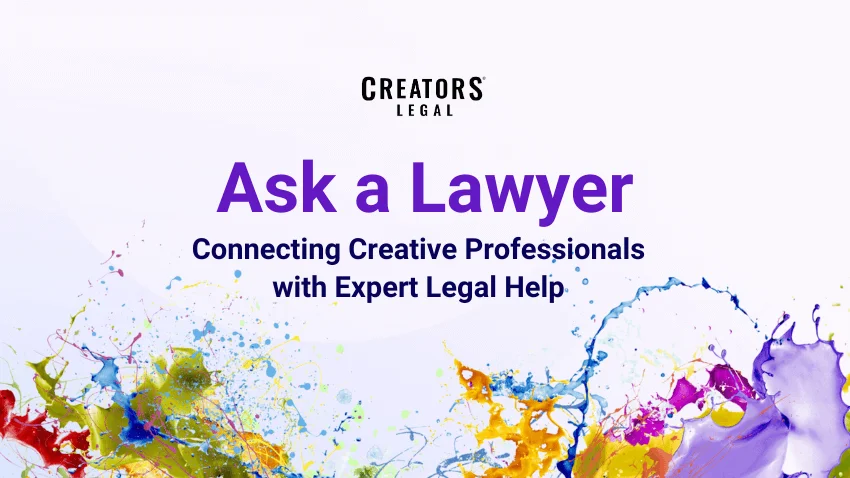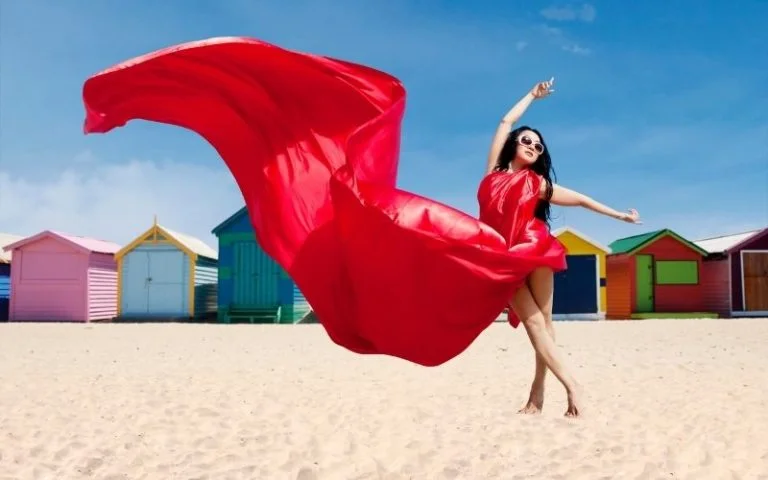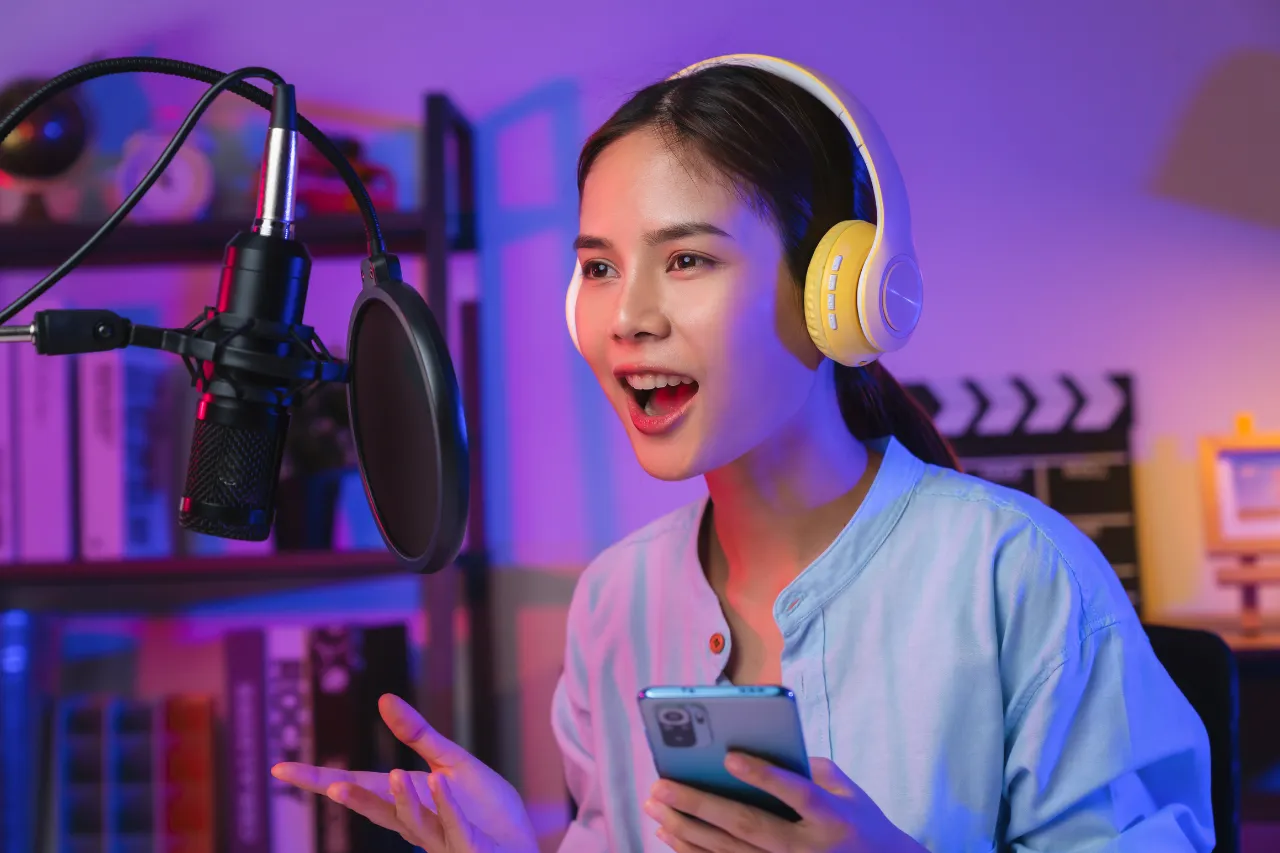In the shifting landscape of creative work, how can artists ensure their creations? Can they protect and monetize them well? Those questions are included in our study of featuring artist rights in the current context. As digital platforms reshape the art production, securing artists rights it’s crucial. At Creators Legal, we’ll examine the tools and knowledge artists need to safeguard their work. That’s to say, from iron-clad contracts to savvy licensing agreements.
Navigating these waters can be daunting without the right guidance. The complexities of contracts and intellectual property laws can seem overwhelming. This guide aims to demystify these processes. Also, we offer you actionable advice to help you protect your artistic endeavors. By the end, you’ll understand the significance of these protections. Besides, how to apply them, ensure your creative output is secure as you share it with the world.
Contracts: The Artist’s Armor

Contracts act as a protective barrier for artists. They serve as a safeguard of their interests within the complex creative industry. These legal documents are crucial for defining the scope of :
- Rights
- Responsibilities
- Revenue sharing between artists and those who wish to use their creations.
Featuring artist rights encounter various forms of contracts, first from gallery agreements that dictate the terms of the exhibition. Then, they stipulate sales and licensing agreements for reproducing digital images. Each type of contract caters to different aspects of an artist’s career. Also, requires consideration to ensure it aligns with their goals and interests. For instance, gallery contracts specify the duration and nature of an exhibition. But, also, details the percentage of sales retained by the gallery and the artist.
But, understanding the difference between non-exclusive and exclusive licenses is vital. A non-exclusive license allows the artist to keep the right to use their own work. Besides, permits others to use it as well, which can be beneficial for maximizing exposure. So, an exclusive license restricts the use of the artwork to one entity. That’s to say, usually in exchange for a higher compensation. As a result, keeping, no other party can use the artwork without the artist’s permission.
Featuring artist’s rights: reviewing contracts’ tips
- Ensure clarity on rights granted and any restrictions imposed.
- Verify compensation terms, including upfront payments and royalties.
- Check the duration of the agreement and conditions for renewal or termination.
- Seek professional advice if any clauses are unclear or seem unfavorable.
Navigating the Beat: Understanding Licensing in Music Production
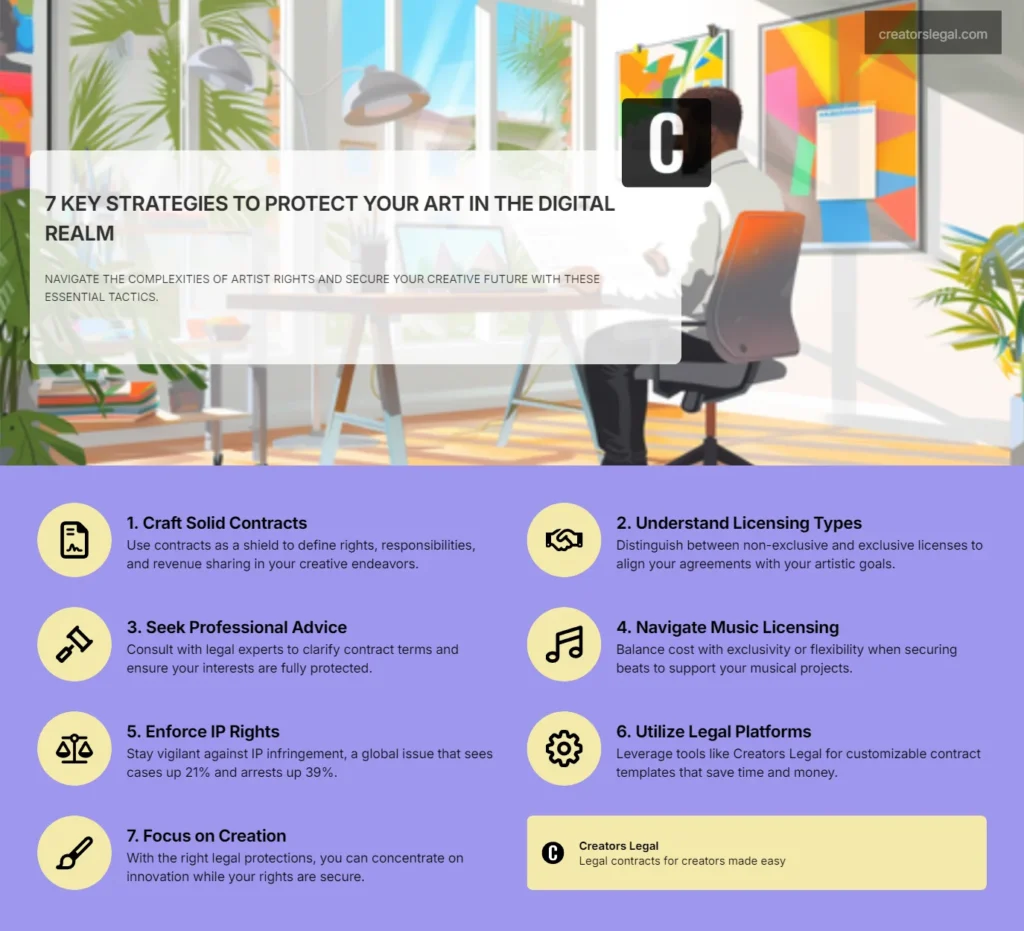
The advent of online beat licensing is shaping the landscape of music production. This segment of the industry allows artists to access a plethora of things. For example, beats and musical pieces that they can incorporate into their own music. It offers a foundation for creativity and expression. Understanding the nuances of licensing agreements in music production is about legality. Also, featuring artist rights, it’s related to securing creative and financial freedom.
Non-exclusive licenses, provide artists the flexibility to use beats without some restrictions. That includes the beat producer from selling the same beat to other artists. This type of license is cheaper and more flexible. As a result, it is suitable for artists who are still exploring their sound. In the same way, musicians do not need exclusivity for their projects. Besides, exclusive licenses, while more expensive, push artists access to use the beat. This can be essential for a signature project or a commercial release, aiming for a unique positioning in the market.
Artists must plan their negotiations. It helps to check that they secure terms that align with their project requirements and budget. Besides, they have to understand:
- The value of the beat
- The reputation of the producer
- The intended use of the music. Because it can guide artists in negotiating terms. Thus, balancing cost with the benefits of exclusivity or flexibility.
The Global Stage: Intellectual Property Rights and Enforcement
Intellectual property rights are essential for supporting innovation and creativity. In particular, for creative industries worldwide. Additionally, providing a framework that ensures creators can enjoy their works. Yet, IP infringement poses a big threat to artists and creators.
This staggering figure highlights the scale of the issue. Also, underscores the importance of robust legal protections and enforcement. The rise in IP theft indicates a battle against unfair use of intellectual property. This shows that artists and creators understand how to protect their work. And all of this is possible because featuring artist rights.
Legal tools range from copyrights and patents to trademarks and trade secrets. Each one is tailored to different types of creative outputs. For digital artists, copyright is the relevant form of protection. It applies to the creation of the artwork, offering a degree of security. That is, without the need for formal registration. Even so, registration can provide extra-legal benefits.
Become One of 8,000+ Innovators Transforming the Future your Business!
Subscribe and access over 300 editable and downloadable contracts
Empowering Creators: How Creators Legal Can Help
In an era where legal help remains costly, platforms like Creators Legal are a big support. That is, democratizing the process of securing legal protections for artists. By reducing the execution of contracts, they enable artists to focus on their work. But, less on the complexities of legal jargon.
Creators Legal offers adaptable legal contract templates. For instance, from simple copyright agreements to more complex licensing and collaboration contracts. This saves time and money. Also, empowers artists to take control of their legal affairs with confidence. The benefits of using such a platform include:
- Ease of Use. Templates are designed for non-lawyers, making them easy to understand and put in place.
- Cost-Effective. Reduces the need for expensive legal consultations for standard agreements.
- Customizable. Allows for modifications to suit specific project needs and collaborations.
By providing these tools, Creators Legal supports the individual artist. Most relevant, helps to a broader culture of respect for intellectual property. This approach protects the artist and enhances the integrity of the creative industry.
Wrapping Up: Featuring Artist Rights in the Digital Age
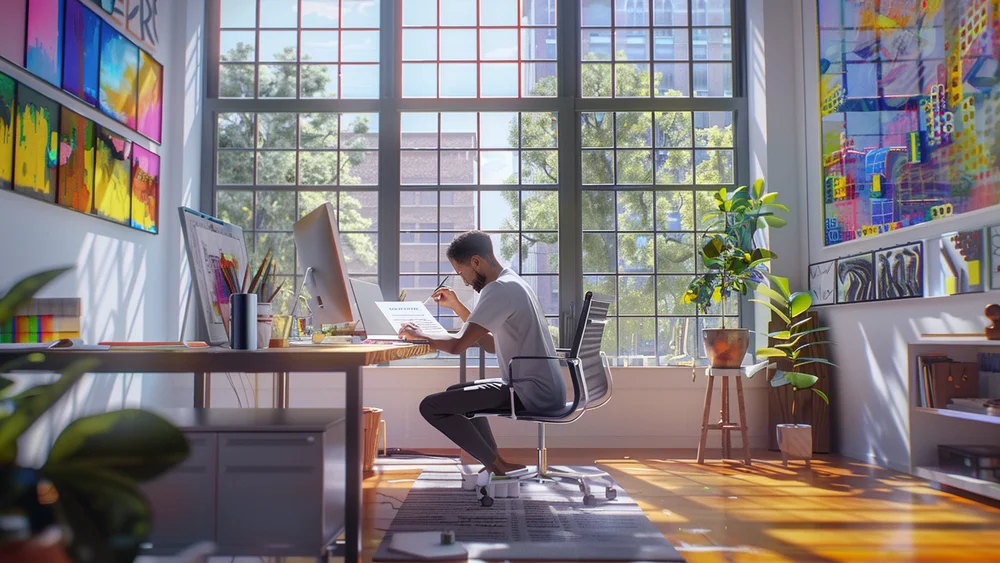
The protection and monetization of artistic creations in the digital era are influential. Contracts serve as a shield, defining the legal terms between artists and those who use their work. Understanding the nuances of licensing in music production maintains creative and financial autonomy. Additionally, the global landscape of intellectual property rights requires vigilant enforcement, due to the combat of the rising tide of IP infringement, which threatens creators worldwide.
These platforms, like Creators Legal, empower artists to explore the technicalities with confidence. By offering these resources, they ensure that artists can focus on what they do best. Which is creating, while also safeguarding their rights and revenues. As the digital canvas keeps evolving, the fusion of creativity and legal savvy is key. Let’s carry forward, featuring artist rights to protect our work. And to thrive in an ever-changing artistic environment.
